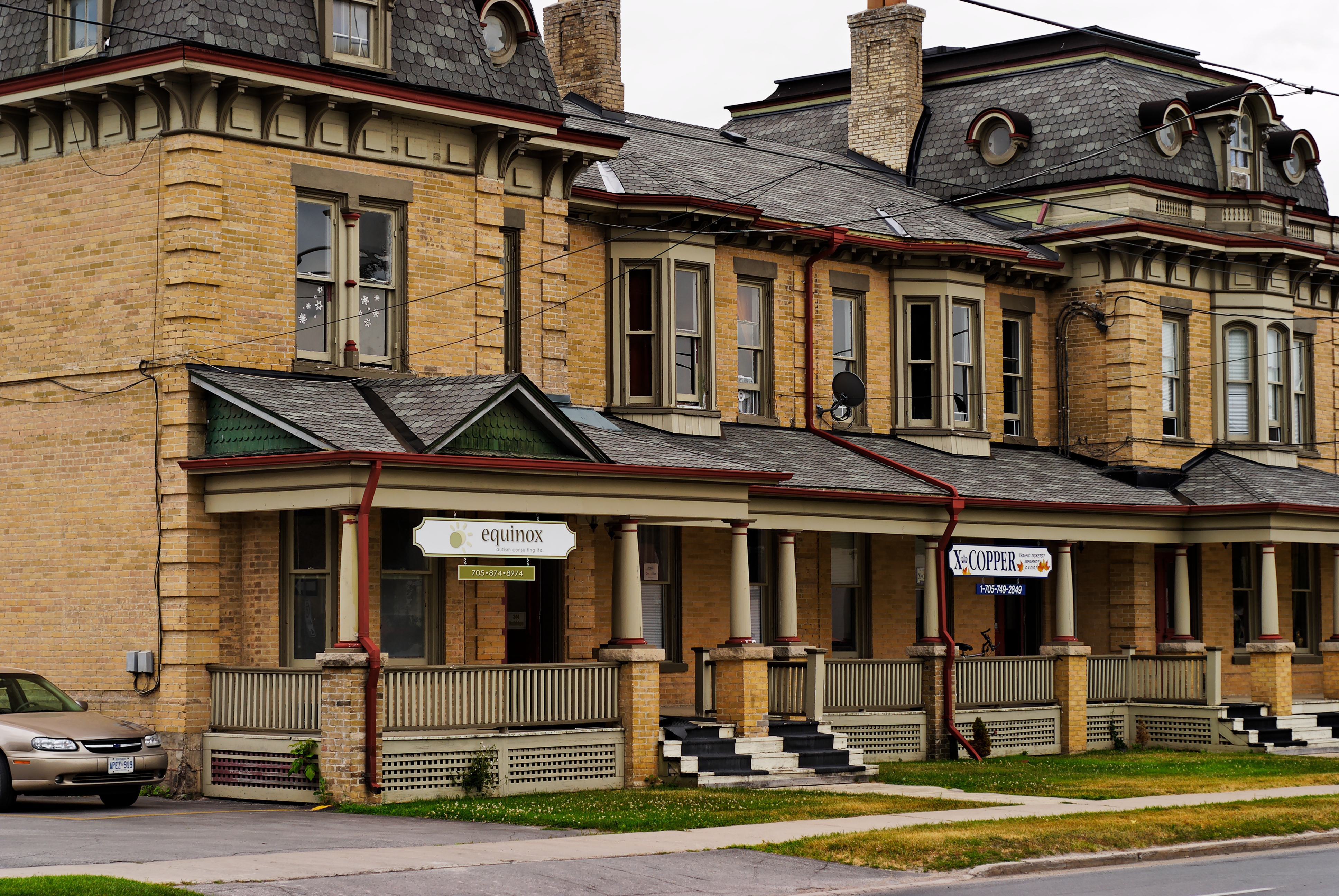|
Emmanuel United Church
Emmanuel United Church is a church located in the downtown core of Peterborough, Ontario, Canada. Originally Methodist, since 1925 it has belonged to the United Church of Canada. The church was built between 1873 and 1875, with the tower being completed in 1891, and was designed by Henry Langley in the Gothic Revival style. It is designated under Part IV of the ''Ontario Heritage Act'' by the City of Peterborough By-Law 1990-204 as being of cultural heritage value or interest. The congregation is an amalgamation of George Street United Church (formerly George Street Methodist Church), which has worshiped at this site since 1875, and St. Andrew's United Church (formerly St. Andrew's Presbyterian Church). After the 2016 amalgamation, they alternated between the two church buildings until St. Andrew's was sold in 2017 and now meet solely at the George Street building. History George Street United Church The church was founded as a Methodist congregation in 1837. It was ini ... [...More Info...] [...Related Items...] OR: [Wikipedia] [Google] [Baidu] |
Peterborough, Ontario
Peterborough ( ) is a city on the Otonabee River in Ontario, Canada, about 125 kilometres (78 miles) northeast of Toronto. According to the 2021 Census, the population of the City of Peterborough was 83,651. The population of the Peterborough Census Metropolitan Area (CMA), which includes the surrounding Townships of Selwyn, Cavan Monaghan, Otonabee-South Monaghan, and Douro-Dummer, was 128,624 in 2021. In 2021, Peterborough ranked 32nd among the country's 41 census metropolitan areas according to the CMA in Canada. The current mayor of Peterborough is Jeff Leal. Peterborough is known as the gateway to the Kawarthas, "cottage country", a large recreational region of the province. It is named in honour of Peter Robinson, an early Canadian politician who oversaw the first major immigration to the area. The city is the seat of Peterborough County. Peterborough's nickname in the distant past was "The Electric City" as it was the first town in Canada to use electric streetlig ... [...More Info...] [...Related Items...] OR: [Wikipedia] [Google] [Baidu] |
Free Church Of Scotland (1843–1900)
The Free Church of Scotland is a Scottish denomination which was formed in 1843 by a large withdrawal from the established Church of Scotland in a schism known as the Disruption of 1843. In 1900, the vast majority of the Free Church of Scotland joined with the United Presbyterian Church of Scotland to form the United Free Church of Scotland (which itself mostly re-united with the Church of Scotland in 1929). In 1904, the House of Lords judged that the constitutional minority that did not enter the 1900 union were entitled to the whole of the church's patrimony, the Free Church of Scotland acquiesced in the division of those assets, between itself and those who had entered the union, by a Royal Commission in 1905. Despite the late founding date, Free Church of Scotland leadership claims an unbroken succession of leaders going all the way back to the Apostles. Origins The Free Church was formed by Evangelicals who broke from the Establishment of the Church of Scotland in 1 ... [...More Info...] [...Related Items...] OR: [Wikipedia] [Google] [Baidu] |
19th-century United Church Of Canada Church Buildings
The 19th (nineteenth) century began on 1 January 1801 ( MDCCCI), and ended on 31 December 1900 ( MCM). The 19th century was the ninth century of the 2nd millennium. The 19th century was characterized by vast social upheaval. Slavery was abolished in much of Europe and the Americas. The First Industrial Revolution, though it began in the late 18th century, expanding beyond its British homeland for the first time during this century, particularly remaking the economies and societies of the Low Countries, the Rhineland, Northern Italy, and the Northeastern United States. A few decades later, the Second Industrial Revolution led to ever more massive urbanization and much higher levels of productivity, profit, and prosperity, a pattern that continued into the 20th century. The Islamic gunpowder empires fell into decline and European imperialism brought much of South Asia, Southeast Asia, and almost all of Africa under colonial rule. It was also marked by the collapse of ... [...More Info...] [...Related Items...] OR: [Wikipedia] [Google] [Baidu] |


